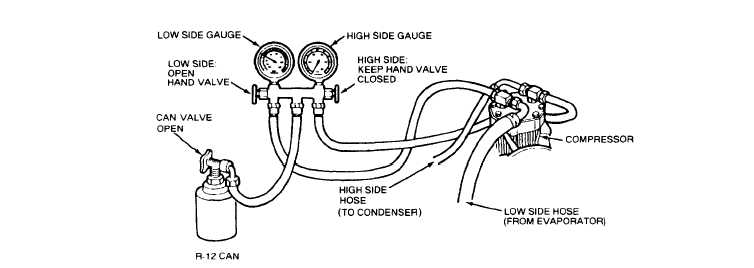
Figure 13-21. - Adding R-12 (low side) for system check.
Using the vacuum pump, draw the system down to at least 29 inches of mercury at sea level and hold it there for at least 30 to 45 minutes. This will remove all moisture from the system.
As the system is being pumped down, the vacuum should drop to the required inches of mercury. If it does not drop, this is an indication of a leak. In which case, you must recharge the system to detect the leak. After you detect the leak, repair the damage and re-evacuate the system.
Once the system is totally evacuated, again-close both valves on the gauge manifold set-disconnect the vacuum pump and connect the refrigerant source.
ATTENTION:
Any oil lost during the discharge of refrigerant must be replaced or damage to the compressor will result.
ATTENTION:
During discharge of an automotive air-conditioning system, the vehicle engine must NOT be running.
In the past, when a system was discharged before disassembly, the standard practice was to vent the refrigerant into the atmosphere. For environmental and legal reasons, this is no longer permissible. The proper procedure is to use a refrigerant recovery/recycling device (fig. 13-18) and reuse the refrigerant. You are to turn in excess used refrigerant to the defense recycling and management office (DRMO) for proper disposal.
ATTENTION:
Disposal instructions for refrigerants may not be the same at different naval stations. Before you take any action concerning R-12 or any refrigerant, contact your supply department for proper disposal instructions.
ADDING REFRIGERANT TO THE AIR-CONDITIONING SYSTEM
Now that the system is pumped down, leave the gauge manifold set attached and attach your refrigerant source, as shown in figure 13-21. You are to take the following actions:
1. Loosen the center hose connection at the gauge manifold set.
2. Open the can valve for several seconds to purge air from the center hose.
3. Tighten the hose connection and close the can valve.
4. Start the vehicle engine and operate the air conditioner.
5. With the system operating, slowly open the low-side manifold hand valve to allow refrigerant to enter the system.
NOTE: The low side of the system is the suction side, and the compressor will pull the refrigerant from the can into the system.
6. With the container in an upright (vapor) position, add the refrigerant until the sight glass clears or the test set gauge readings are normal.
7. Rock the refrigerant can from side to side to increase the flow of refrigerant into the system.
CAUTION
Never turn a can into a position where liquid refrigerant will flow into the system.Continue Reading
